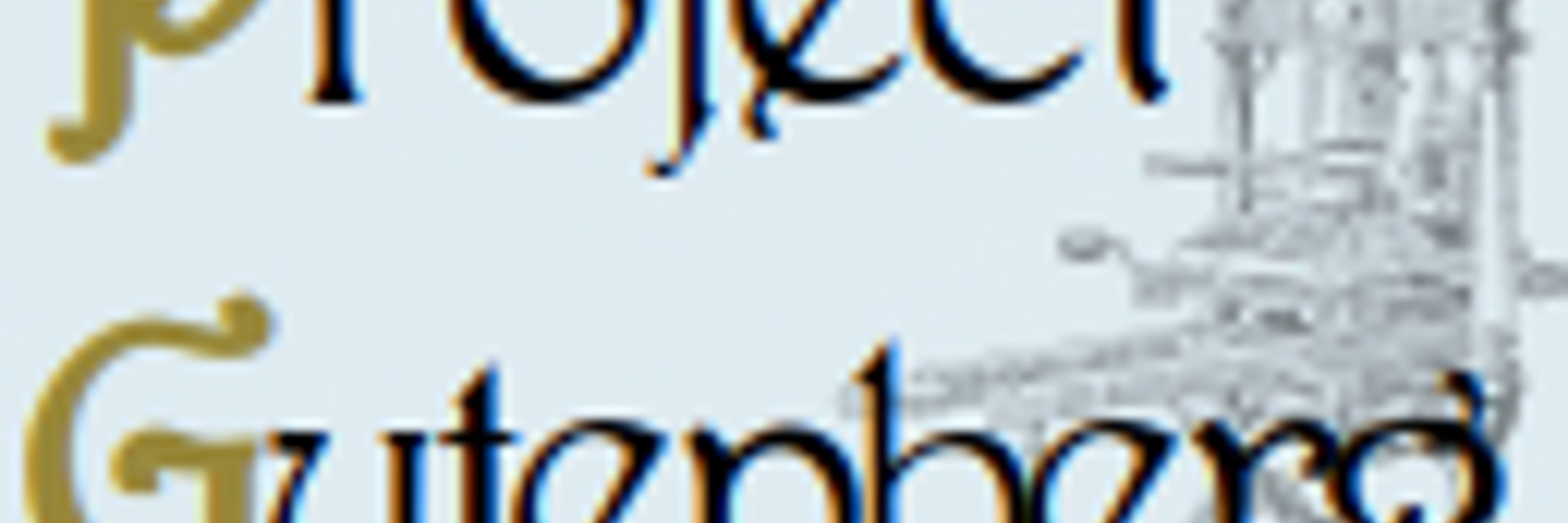Project Gutenberg
@gutenberg.org
5K followers
120 following
1.9K posts
Project Gutenberg, founded in 1971, is the oldest producer and distributor of free ebooks.
For more information, visit our website at:
https://www.gutenberg.org/
Posts
Media
Videos
Starter Packs
Reposted by Project Gutenberg
Reposted by Project Gutenberg
Reposted by Project Gutenberg












![The first folio of the heroic epic poem Beowulf, written primarily in the West Saxon dialect of Old English. Part of the Cotton MS Vitellius A XV manuscript currently located within the British Library. This is a digital photographic copy of the folio. Text shown according to https://www.poetryfoundation.org/poems/43521/beowulf-old-english-version:
WE GARDE na in geardagum, þeodcyninga, [129] þrym gefrunon, hu ða æþelingas ellen fremedon. Oft Scyld Scefing sceaþena þreatum,monegum mægþum, meodosetla ofteah, egsode eorlas. Then the feast was found, he asked for it, grew under the clouds, the gods, until each of those sitting around him heard the sound of the horn, gomban gyldan. That was a good king. After that, he was remembered, walking in the fields, the good one sent to the king; the fire on the king who had long been dead. His life, the ruler of the people, the lord of the world, was taken away; Beowulf was quick to spring forth, Scyld's son, into the lands of the dead. Thus shall men go forth to good deeds, from pious gifts to their fathers.
https://en.wikipedia.org/wiki/Beowulf#/media/File:Beowulf_Cotton_MS_Vitellius_A_XV_f._132r.jpg](https://cdn.bsky.app/img/feed_thumbnail/plain/did:plc:53dildgigsgky47b45hm4lbz/bafkreid7tfl4notflbqzttym6kux3hgnrxwtfejv5hgk7pijxyu352e2ci@jpeg)



![STATUE IN QUARRY.
Ready to be launched; movement prevented by stone wedges. Base towards spectator.
[No. 57. Fig. 60.]
https://www.gutenberg.org/cache/epub/69807/pg69807-images.html#Page_124
This picture shows a large, unfinished stone statue lying horizontally in its original rock quarry. The statue appears to have been nearly detached from the surrounding bedrock, with its base facing the viewer. The massive figure, partially shaped and smoothed, is still held in place by stone wedges that prevent its movement.
A man standing beside the statue provides a sense of scale, emphasizing the monument’s impressive size and the precision of the ancient stonework. The surrounding rocky walls bear visible tool marks, suggesting the stages of carving and extraction.
This image documents an important archaeological moment, capturing the statue “ready to be launched”—a stage between creation and transport—illustrating the techniques and monumental ambition of its makers.](https://cdn.bsky.app/img/feed_thumbnail/plain/did:plc:53dildgigsgky47b45hm4lbz/bafkreigjtauxuu4wu6toef7kowt47hke3ntutalkowet5nudbjoqztouki@jpeg)




